Lab Exam 2 Locomotion, Cranial Kinesis, Joints
1/33
There's no tags or description
Looks like no tags are added yet.
Name | Mastery | Learn | Test | Matching | Spaced |
|---|
No study sessions yet.
34 Terms
aquatic
live in water
terrestrial
move on land
cursorial
rapid running
arboreal
move in trees
brachiation
arm swinging under tree branches
arboreal
fossorial
digging / burrowing
saltatorial
hopping / jumping
aerial
flying
stride length adaptations (distance)
spine extension and flexion
long limbs
foot posture
shoulder function
reduced clavicle
stride rate adaptions (speed)
reduced distal limb weight
fewer bones
Muscles bunched near shoulder
Cranial kinesis
joint movement between upper jaw and braincase
teleost fish
snakes
birds
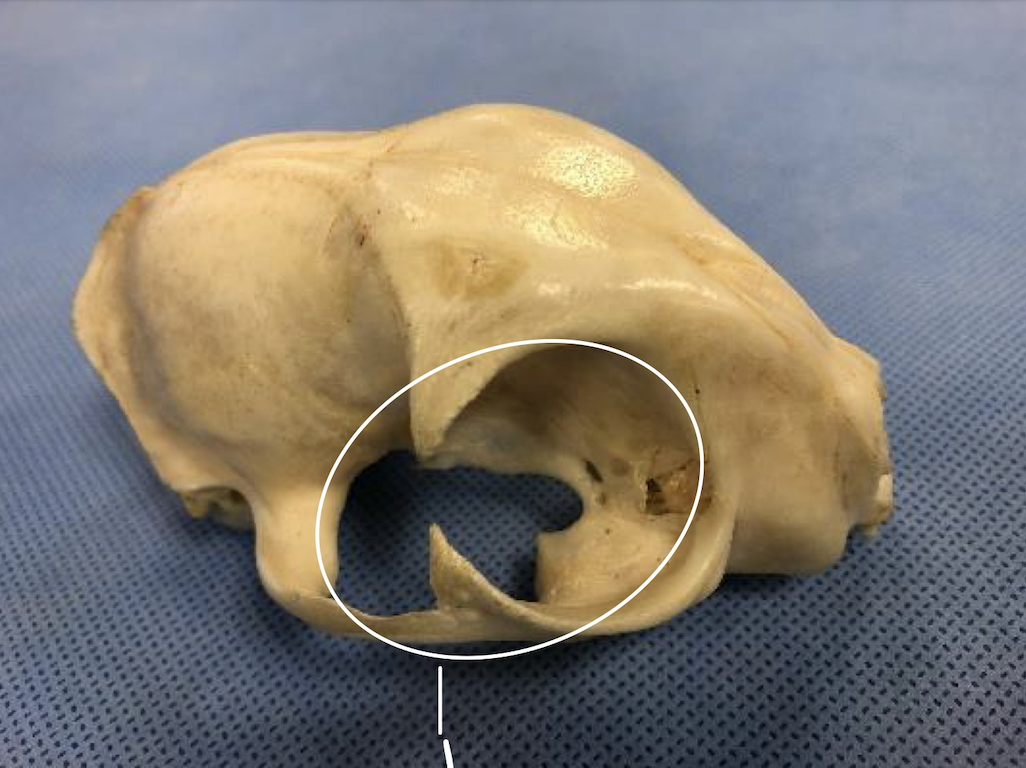
temporal fenestra
allow for muscle attachment
space by the zygomatic arch
mandible movement
lightens skull
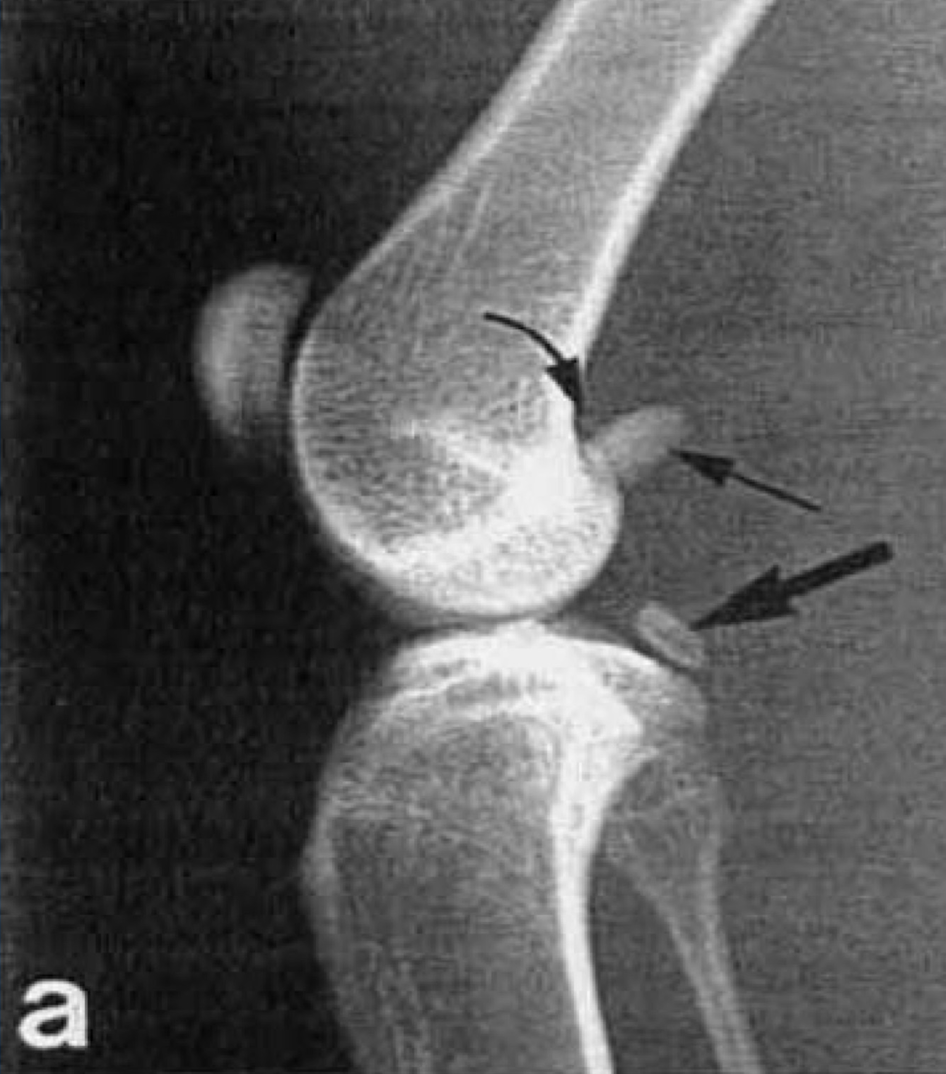
sesamoid bones
reduce tension pressure on joints
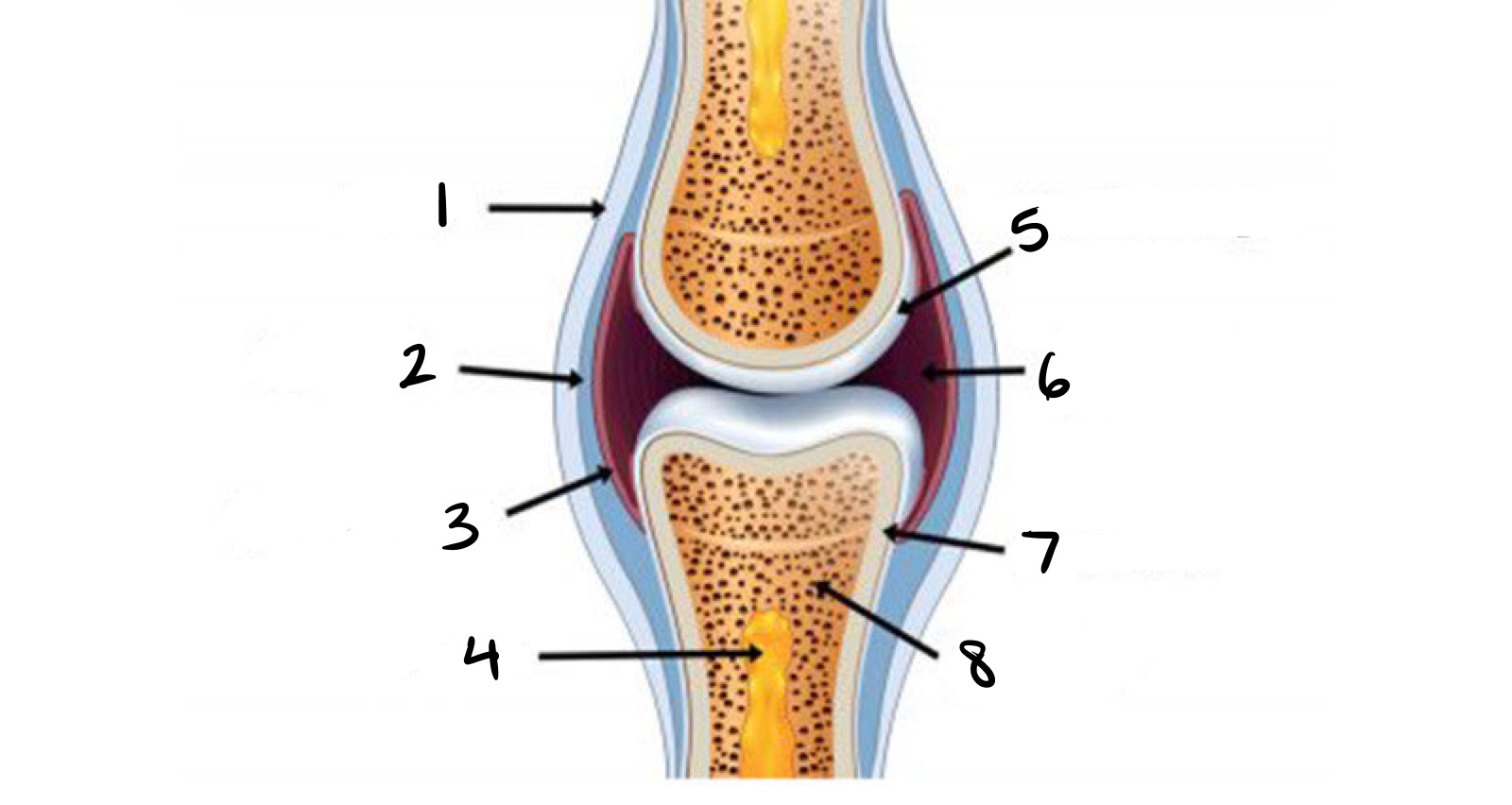
3
synovial membrane
lines joints and tendon sheaths
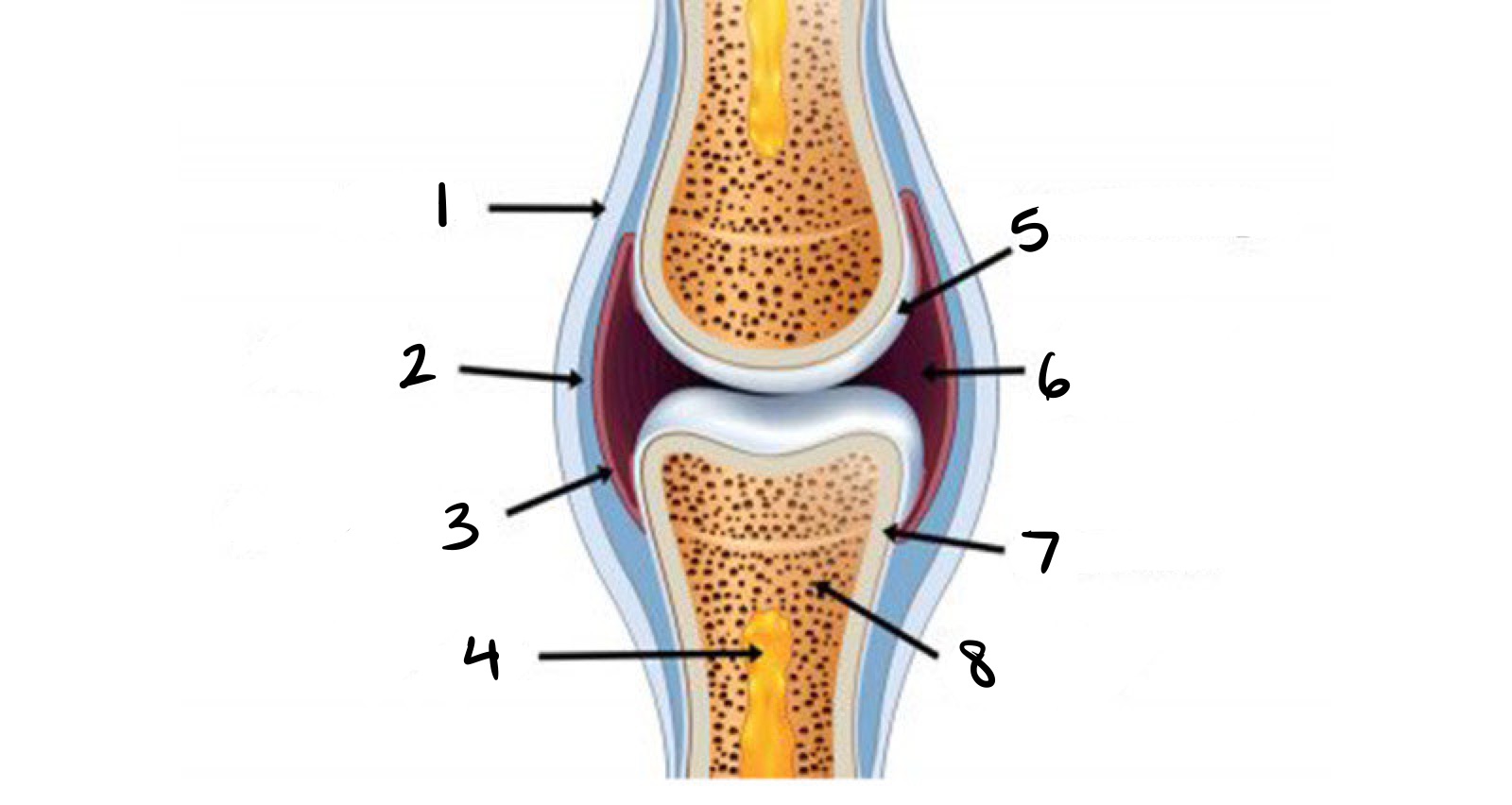
1
ligament
connects bones
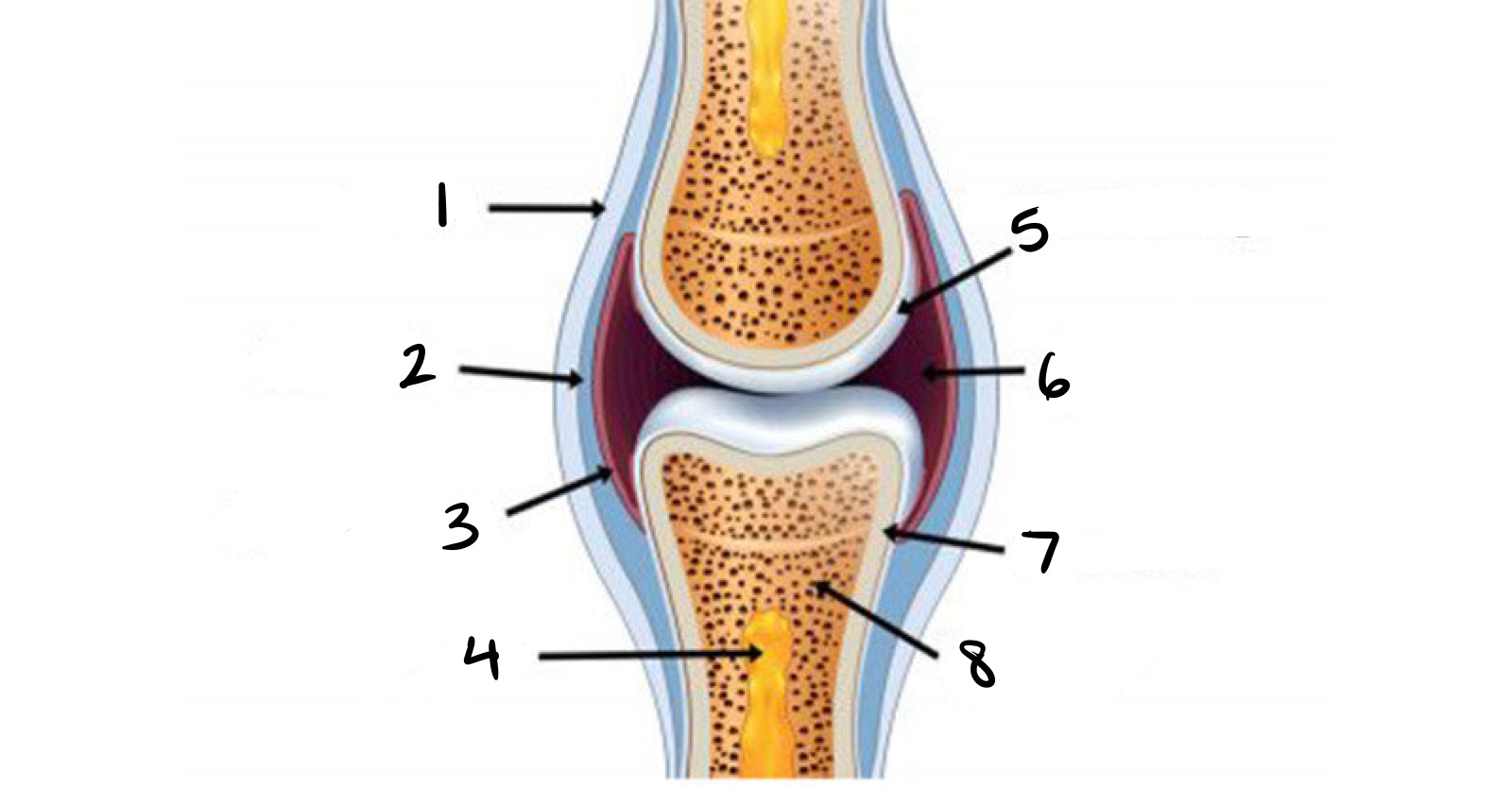
2
joint capsule
fibrous connective tissue enclosing a joint
stability and protection
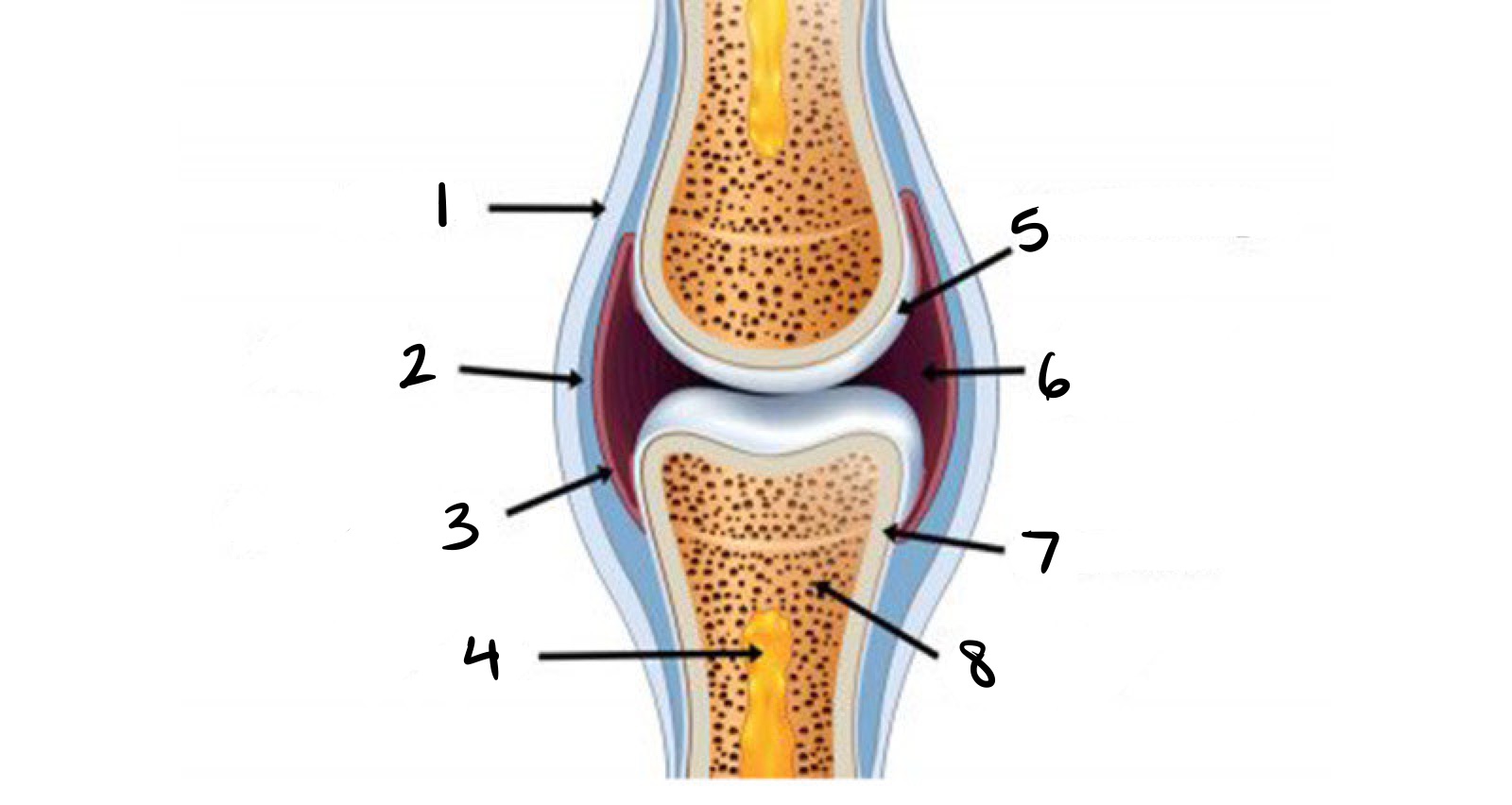
4
bone marrow
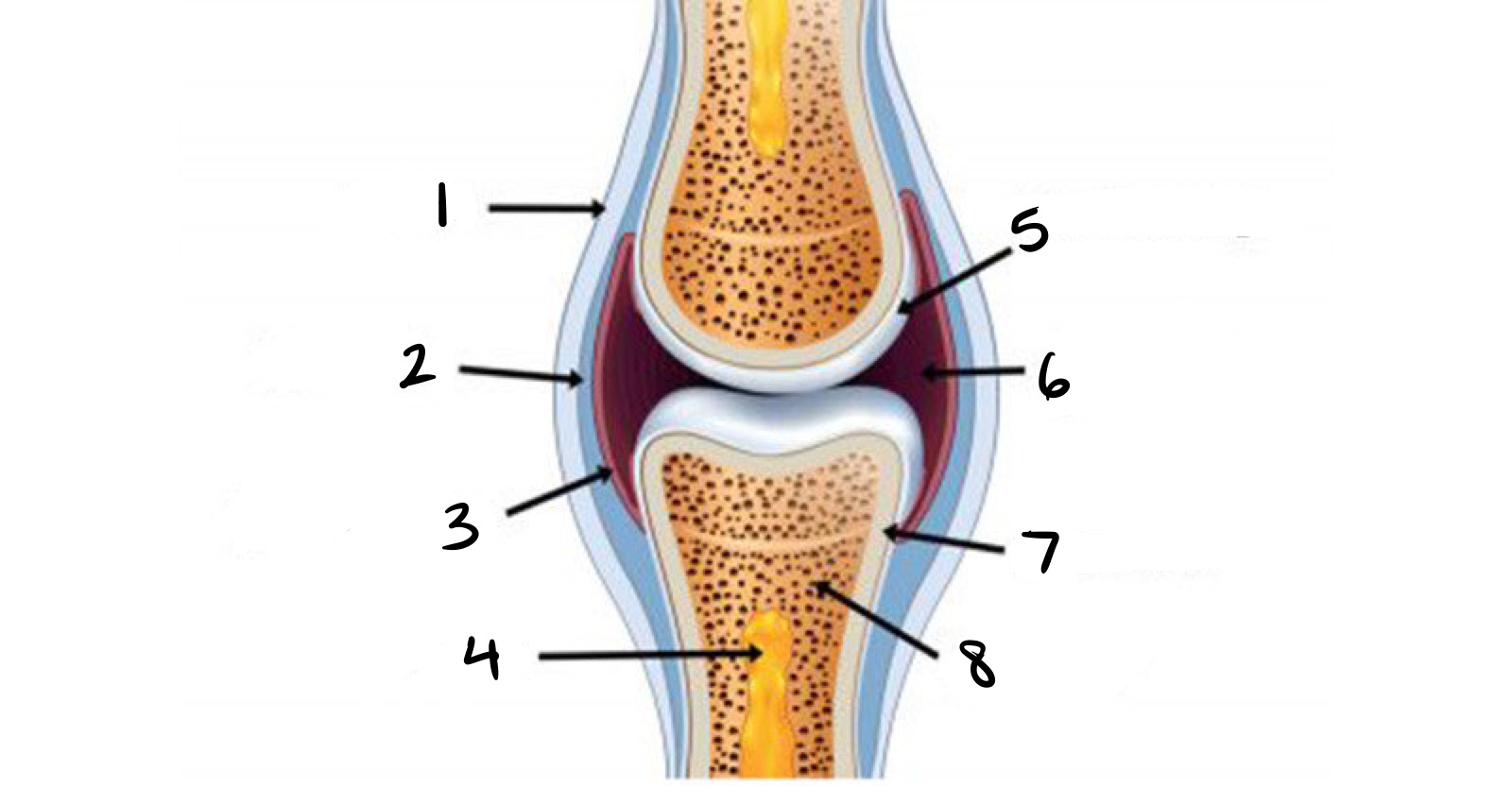
5
articular cartilage
connective tissue covers the end of bones in synovial joints
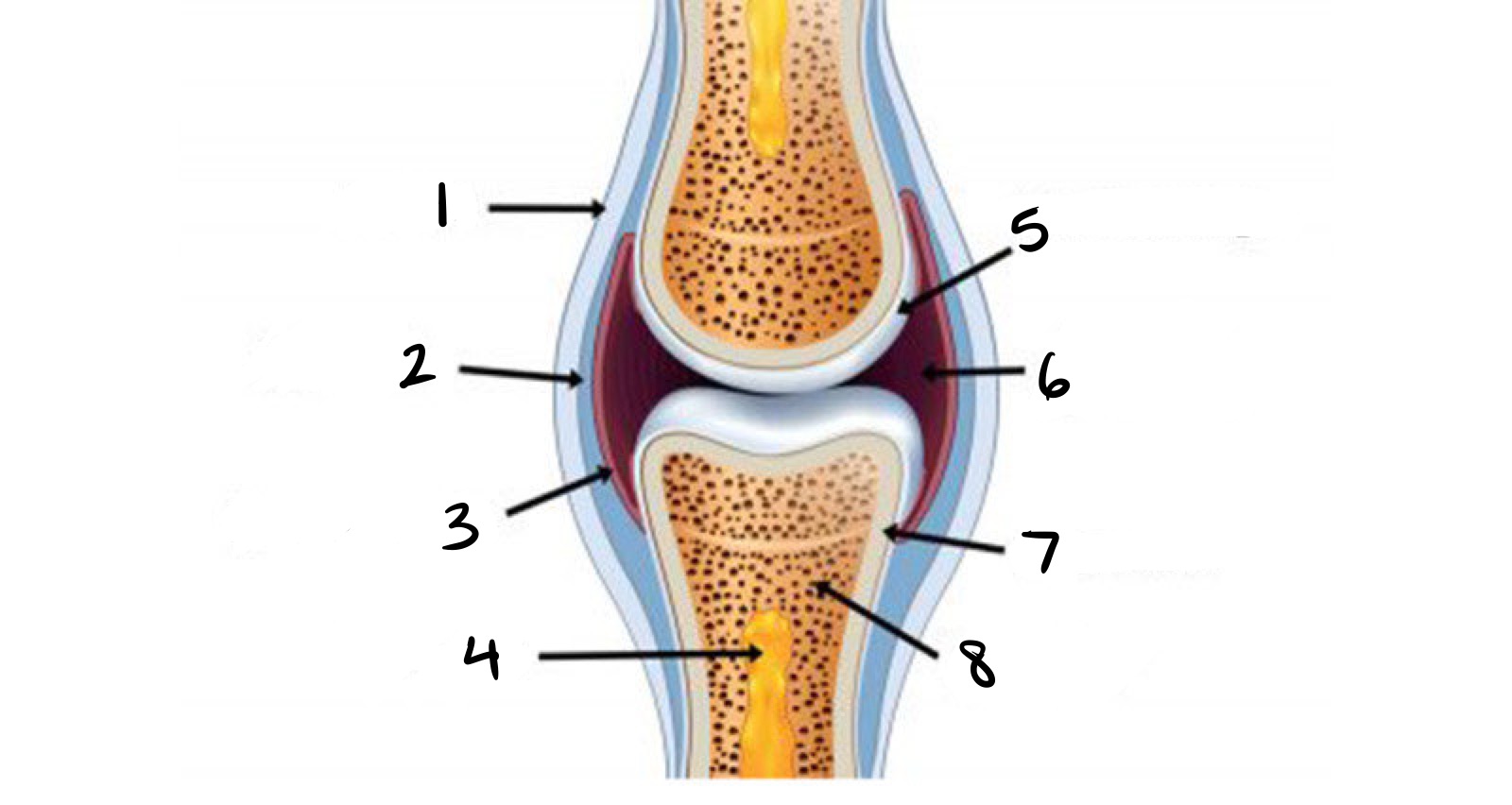
6
synovial fluid
lubricates and cushions the joints
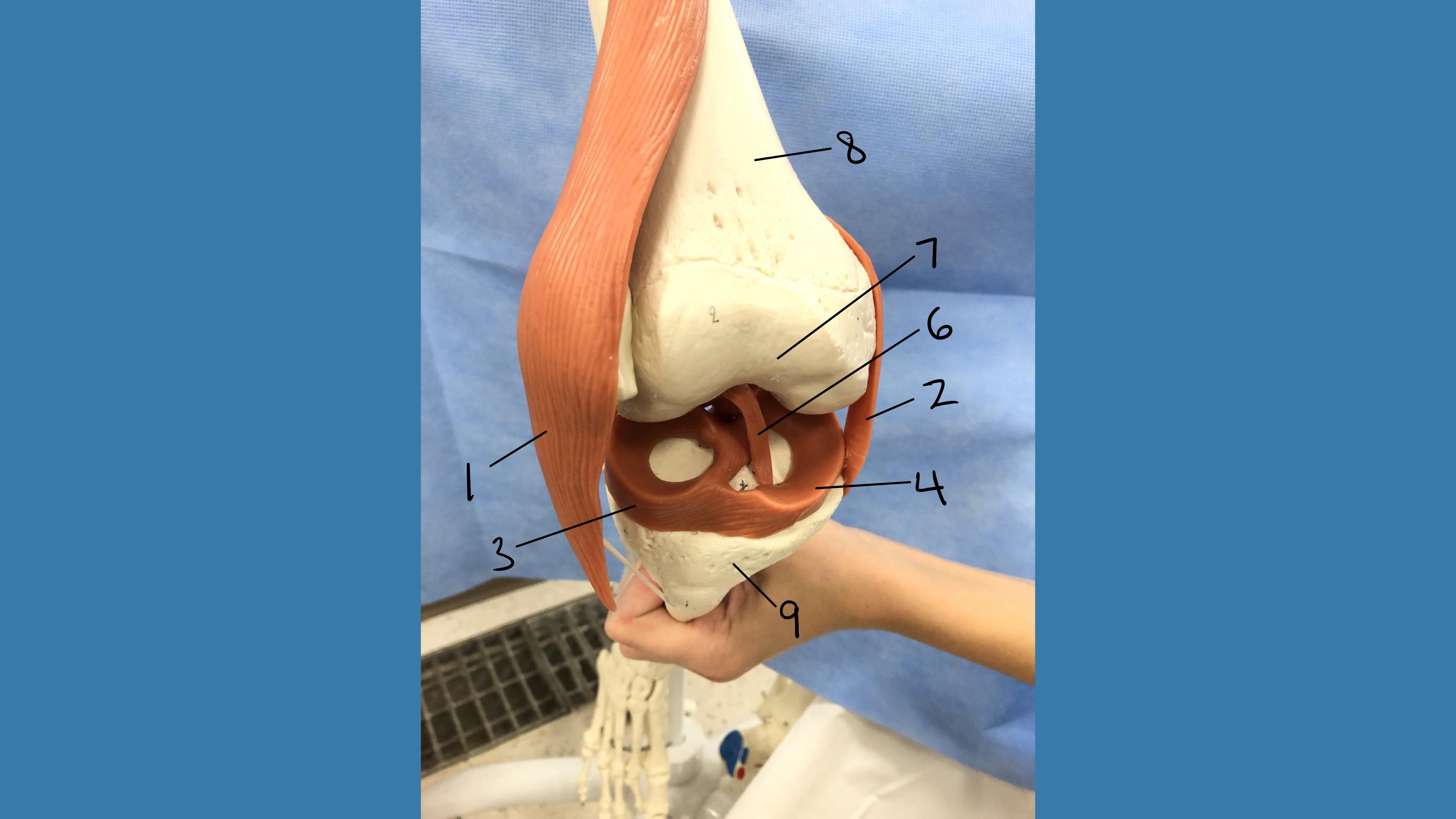
1
lateral collateral ligament
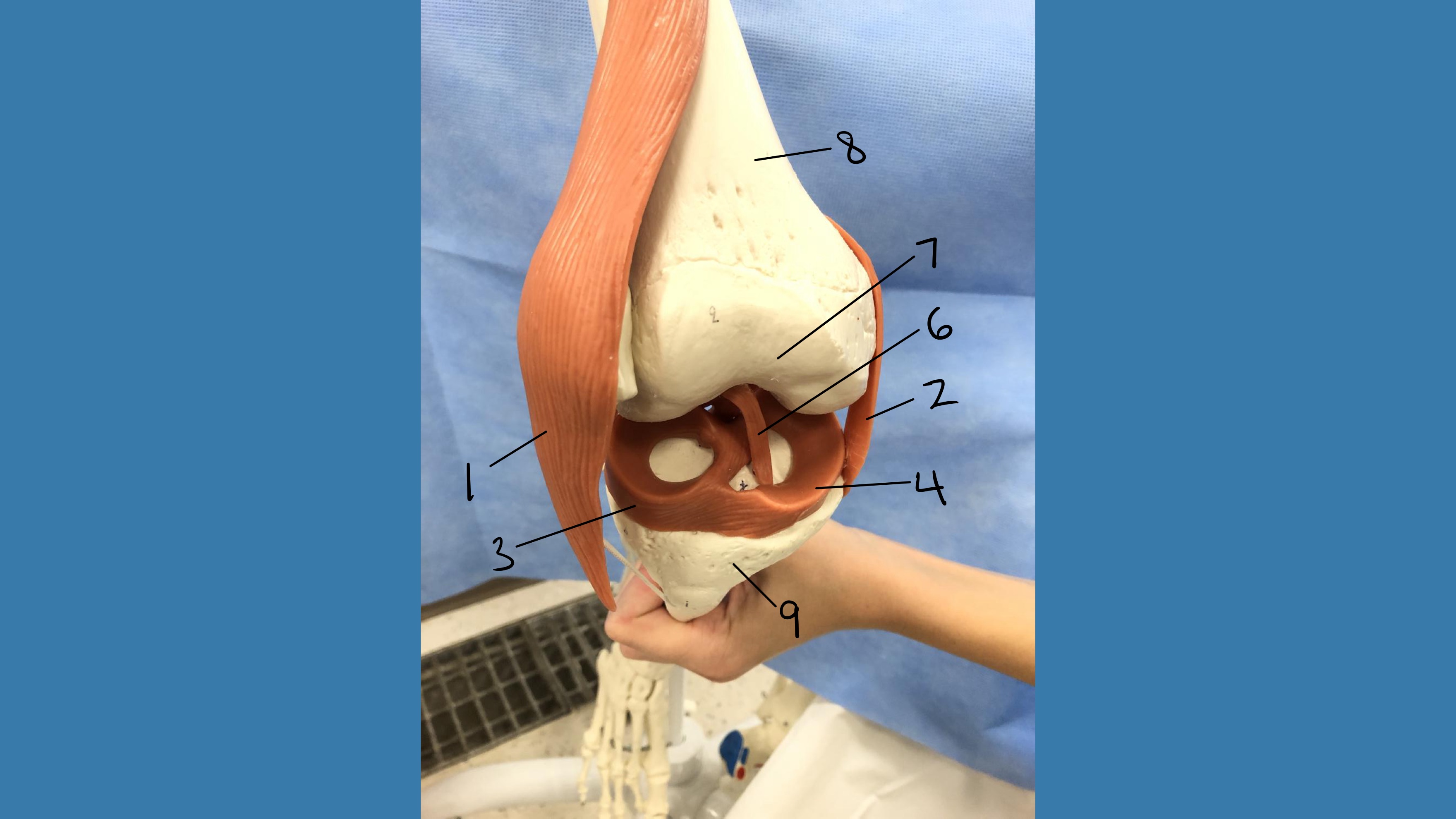
2
medial collateral ligament
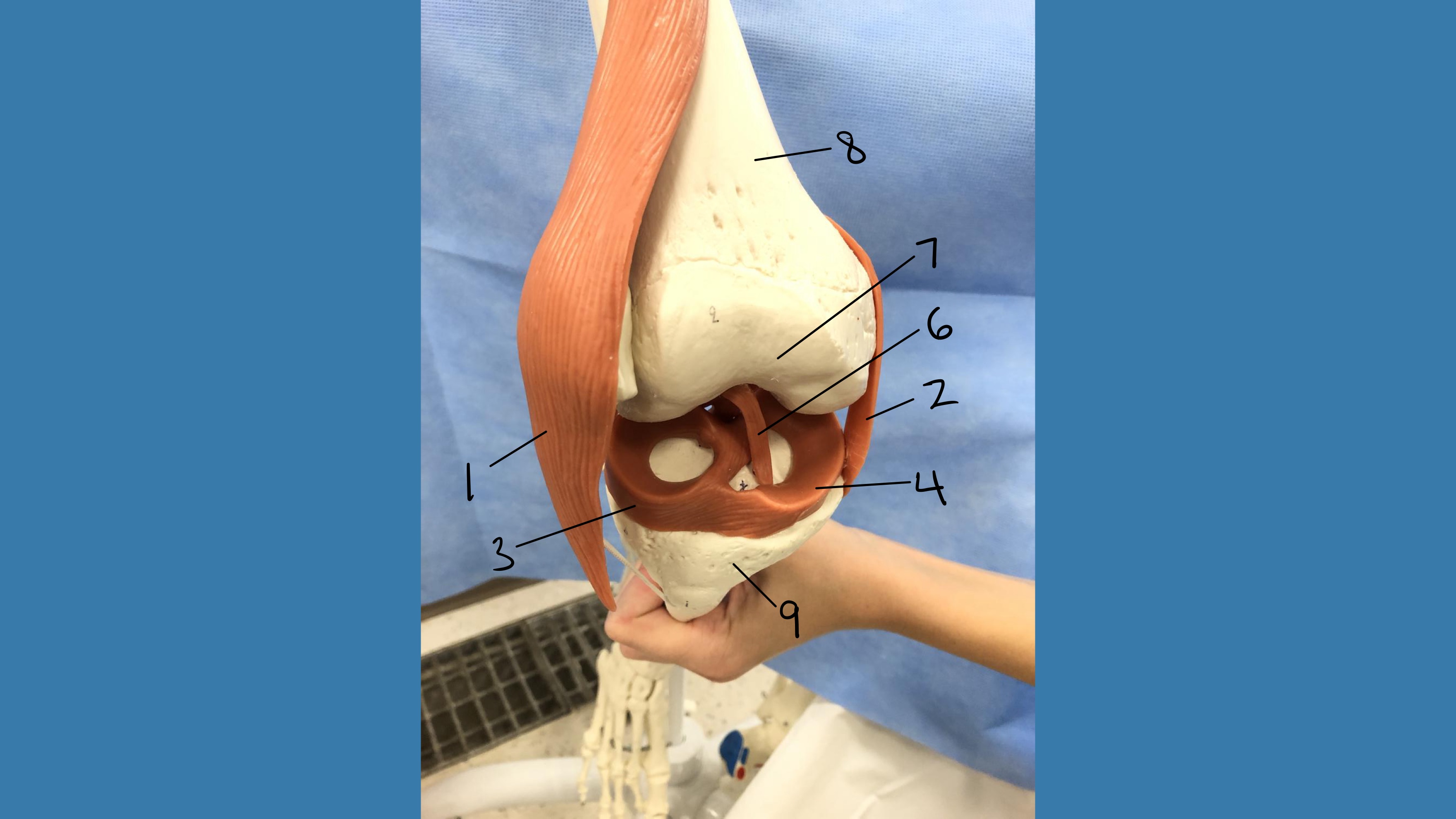
3
lateral meniscus
Fibrocartilage
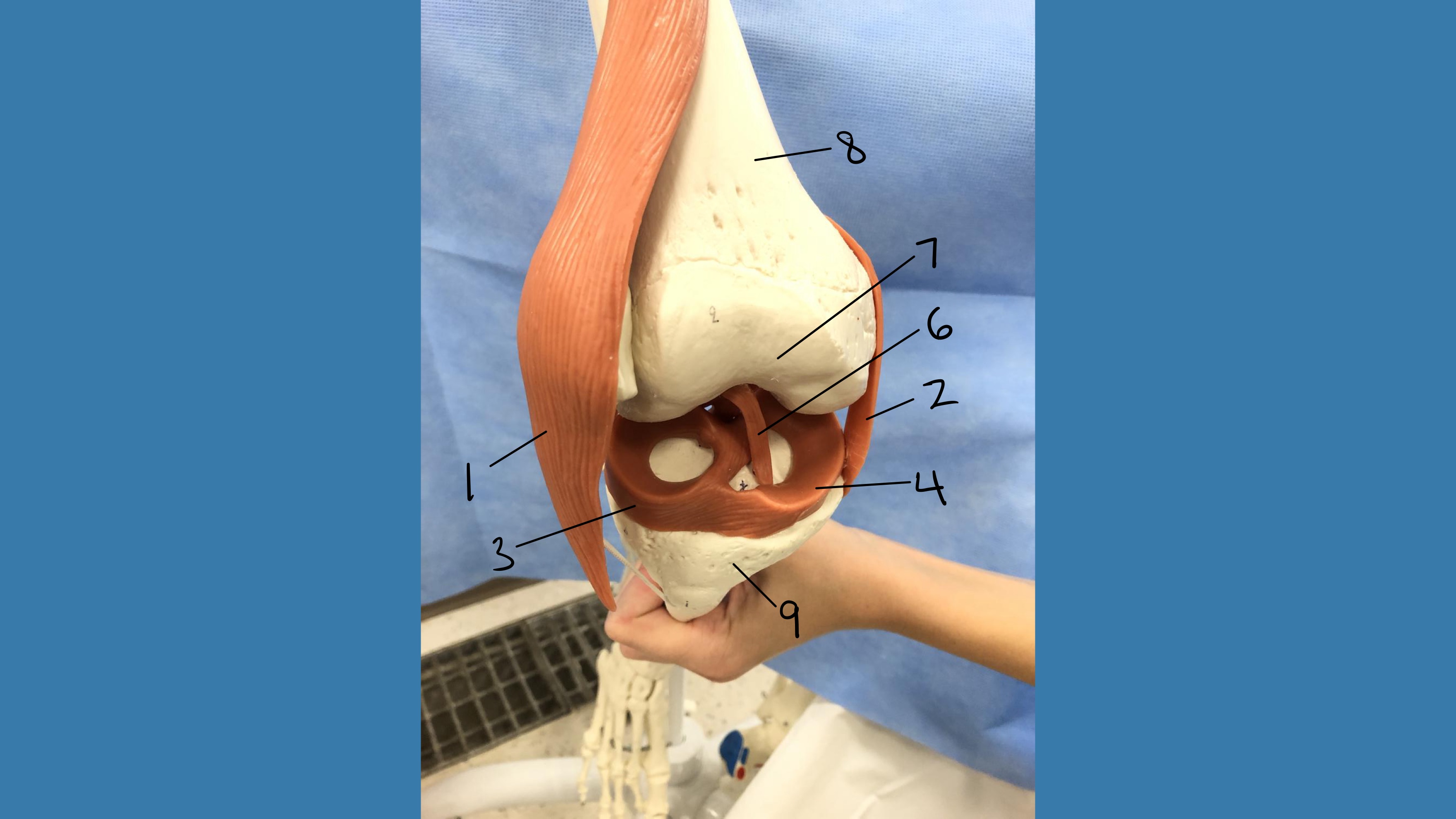
4
medial meniscus
fibrocartilage
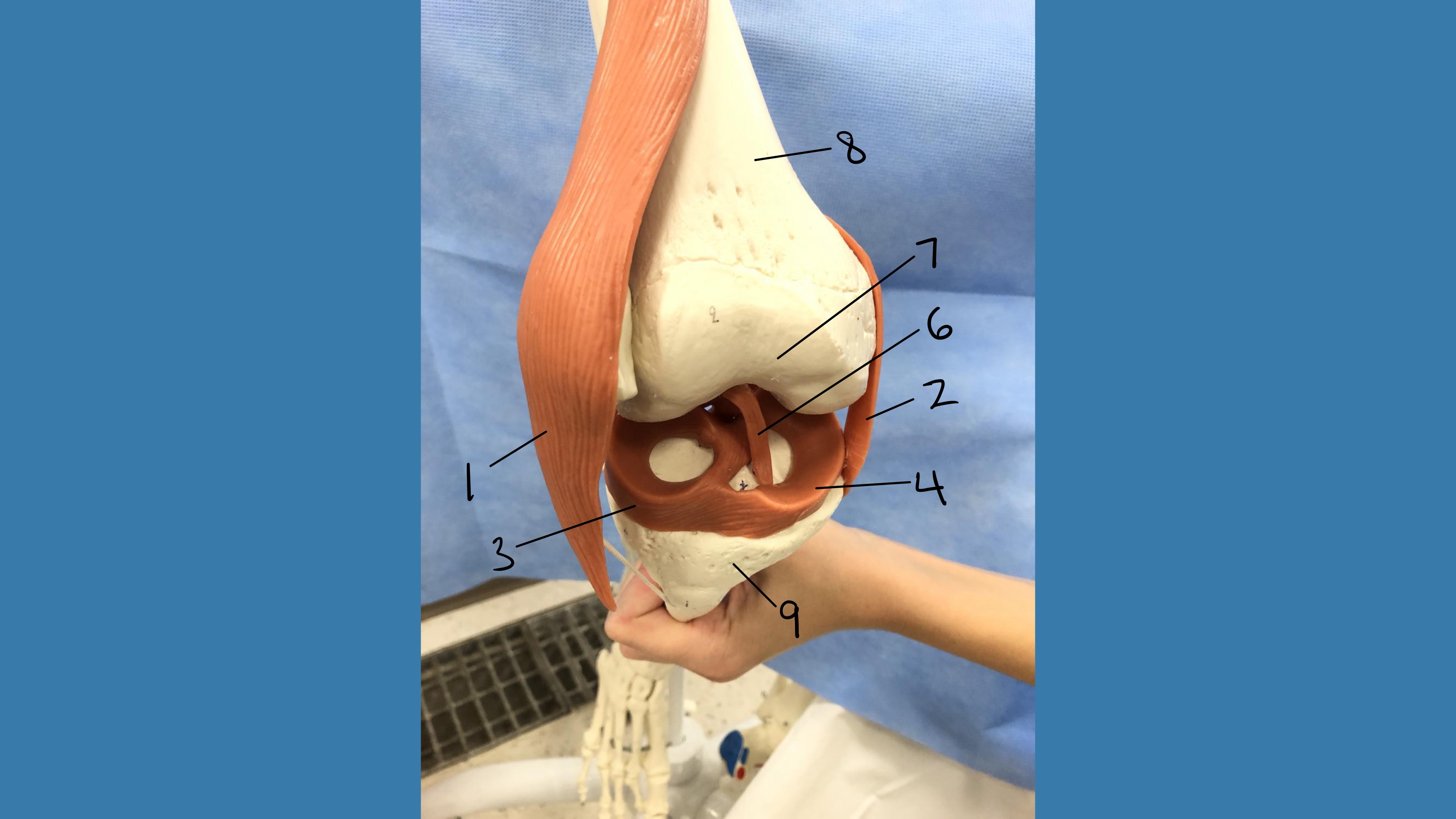
6
anterior cruciate ligament
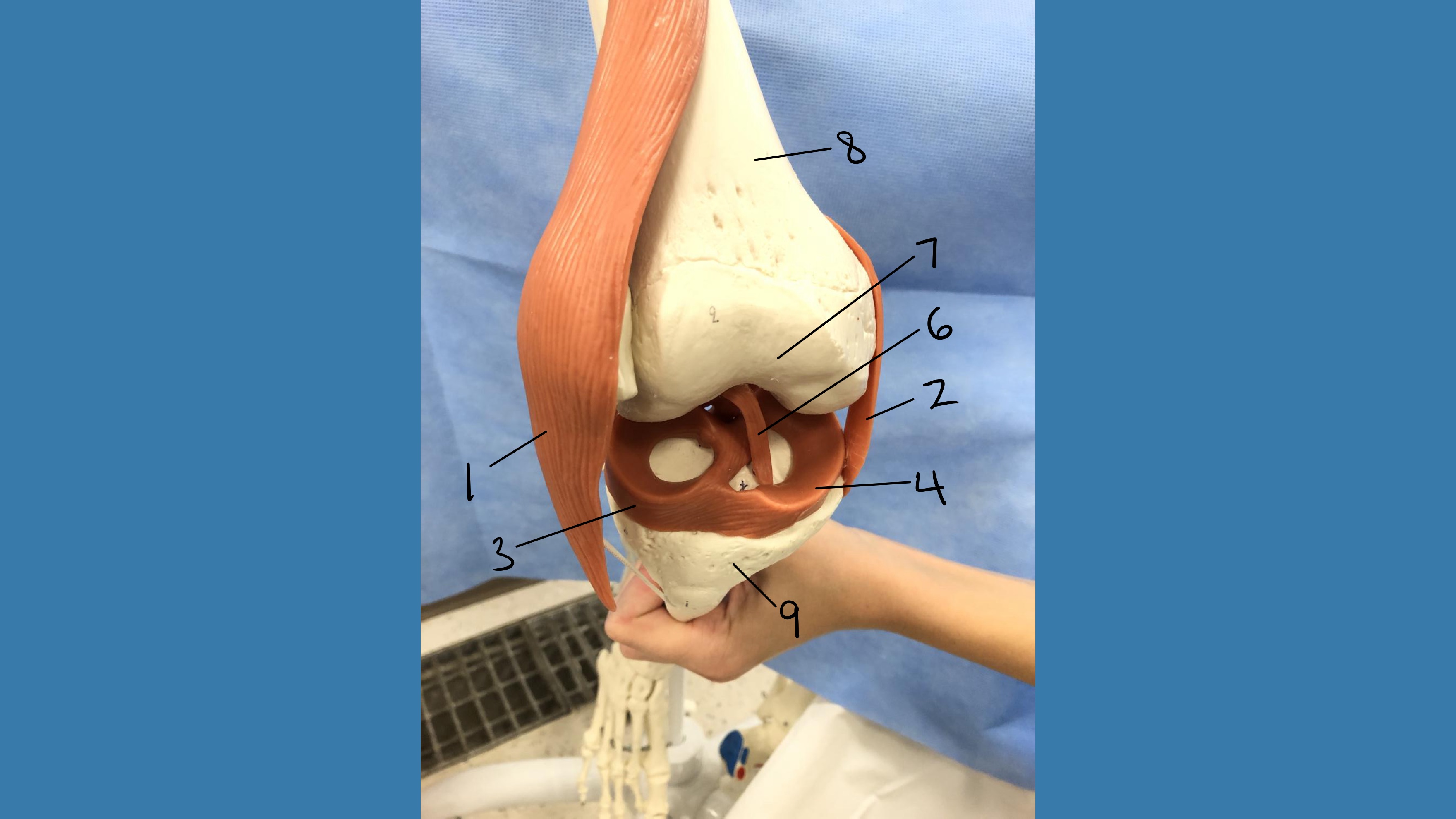
7
articular cartilage
hyaline cartilage
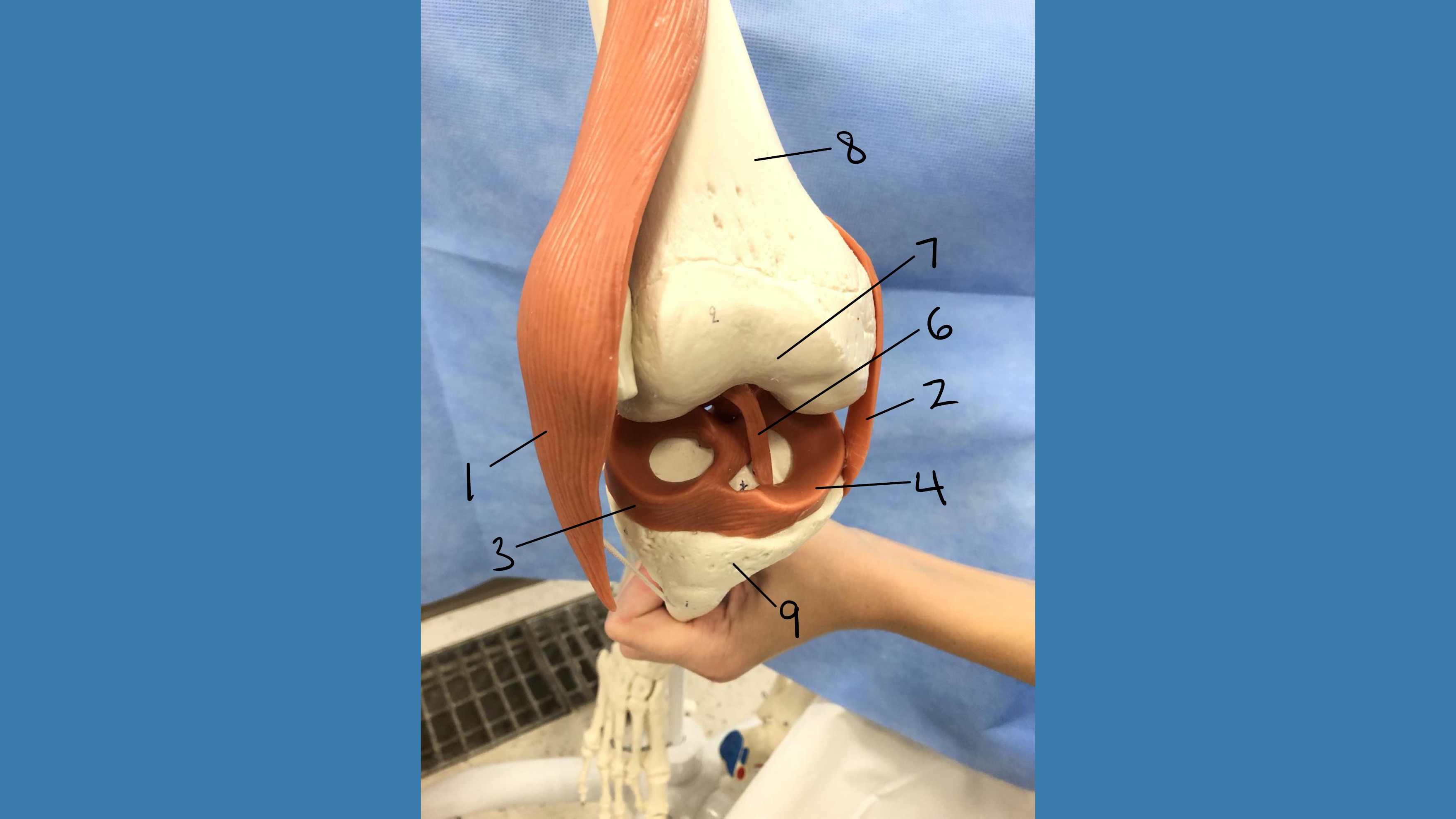
8
femur
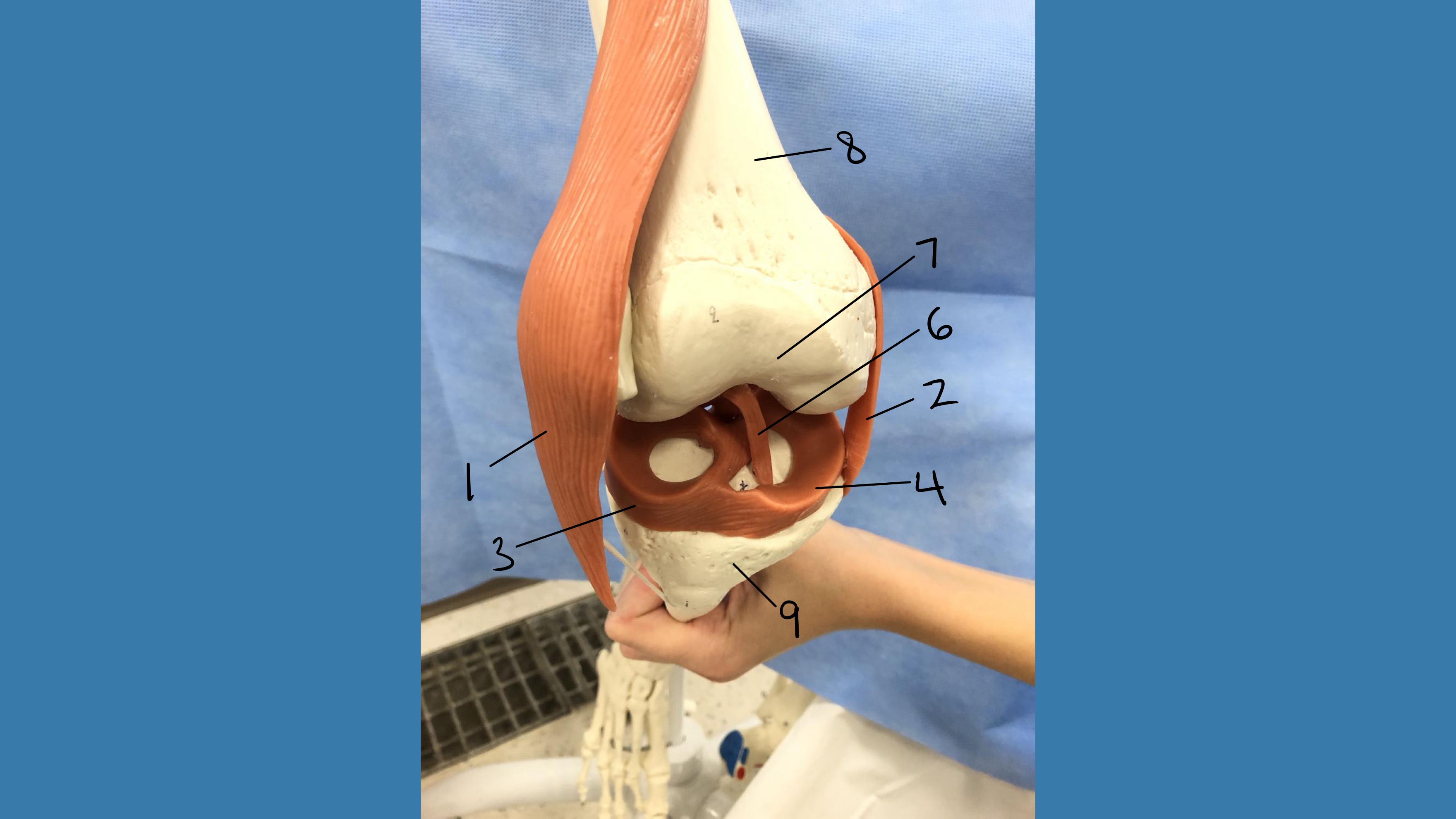
9
tibia
branchiation adaptations
defined clavicle
cup shaped and opposable thumbs
fossorial adaptation
long manus
prominent olecranon
saltatorial adaptation
long rear limbs
prominent causal and sacral vertebrae
aerial adaptation
fused vertebrae and leg bones
keel bone = light bone
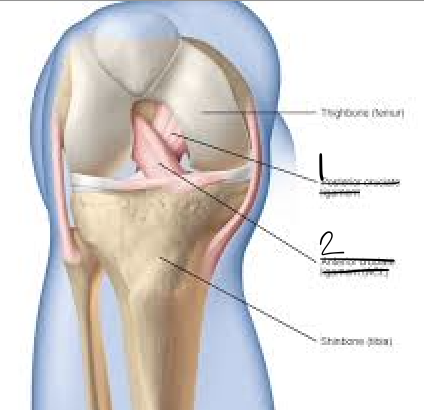
1
posterior cruciate ligament
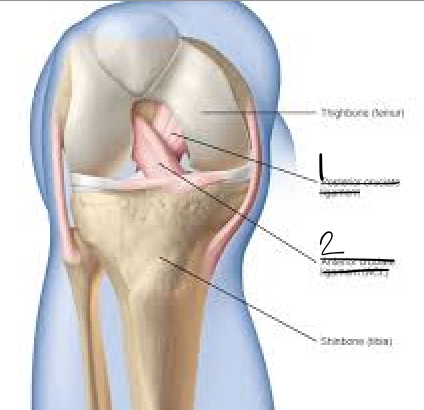
2
anterior cruciate ligament
secondary plate
bony and soft tissue that separates the oral and nasal cavity
secondary ossification at epiphyses